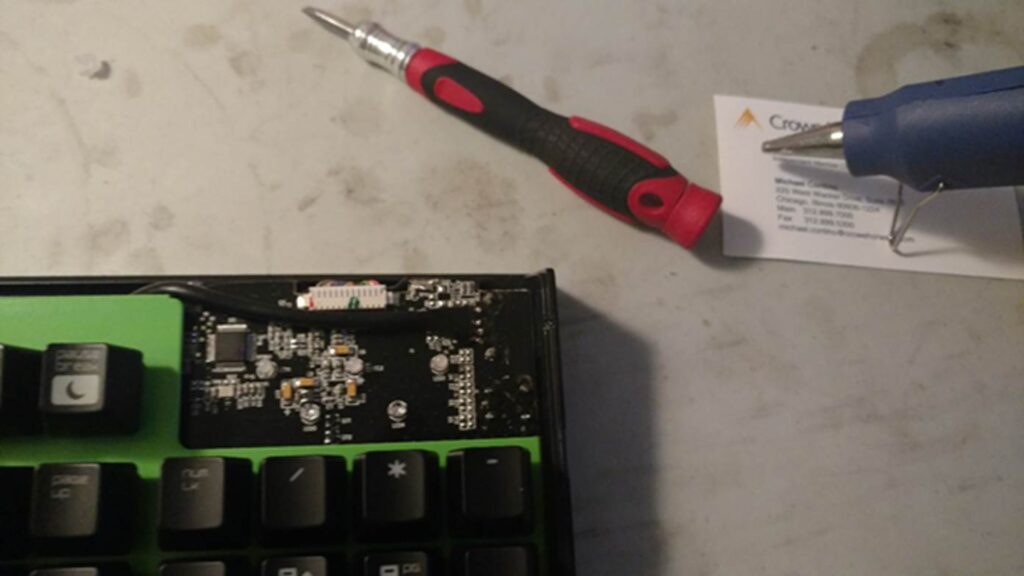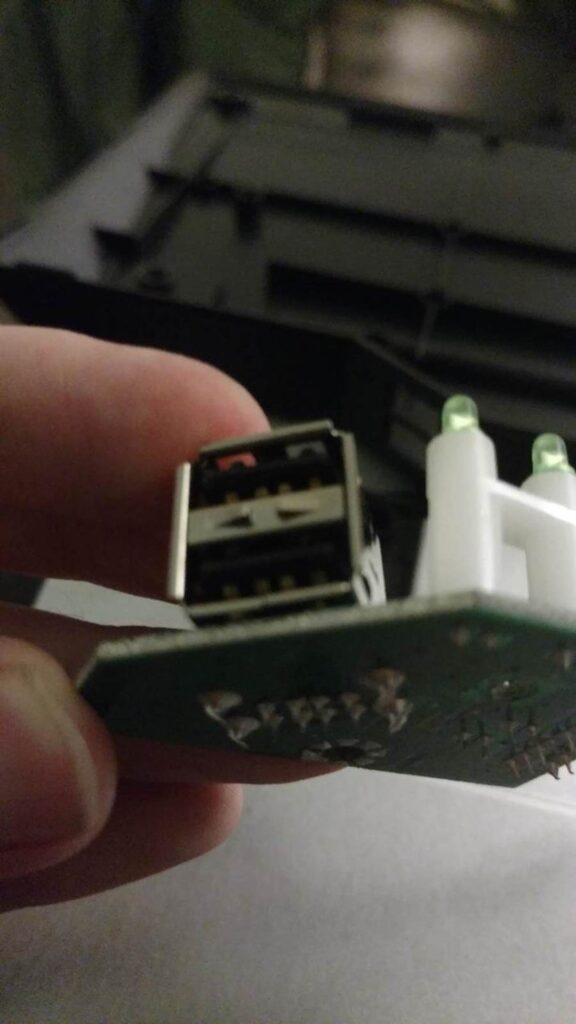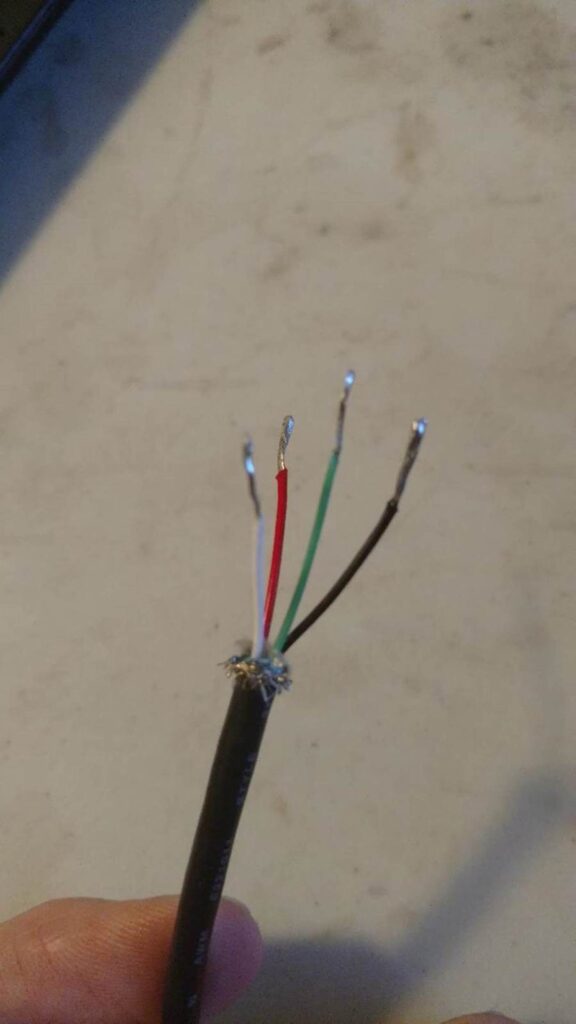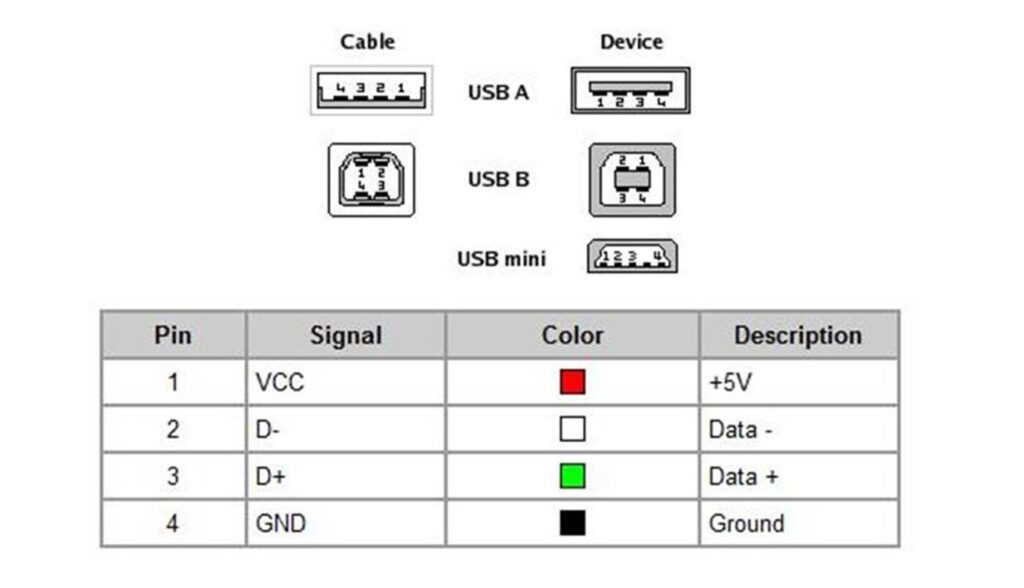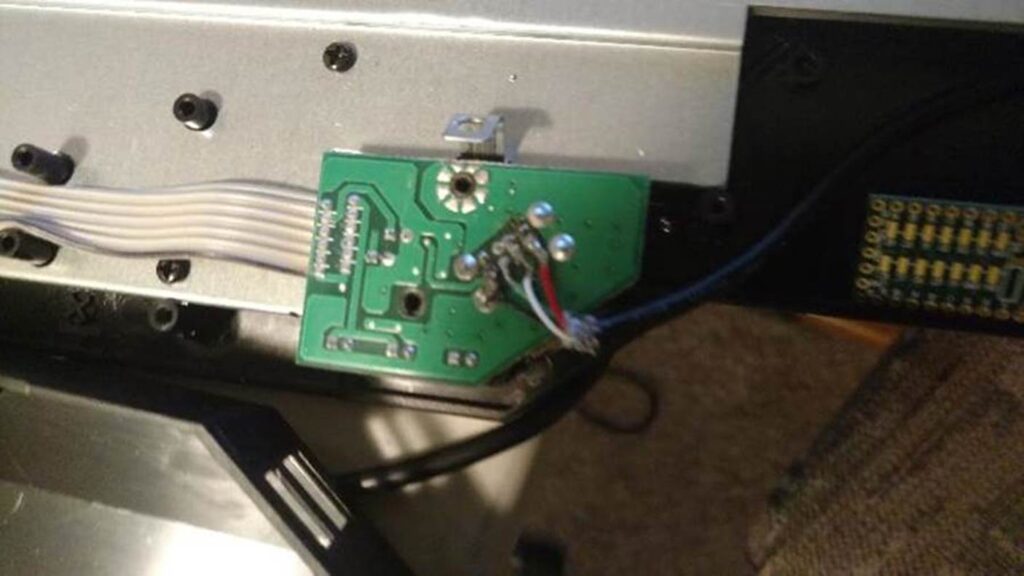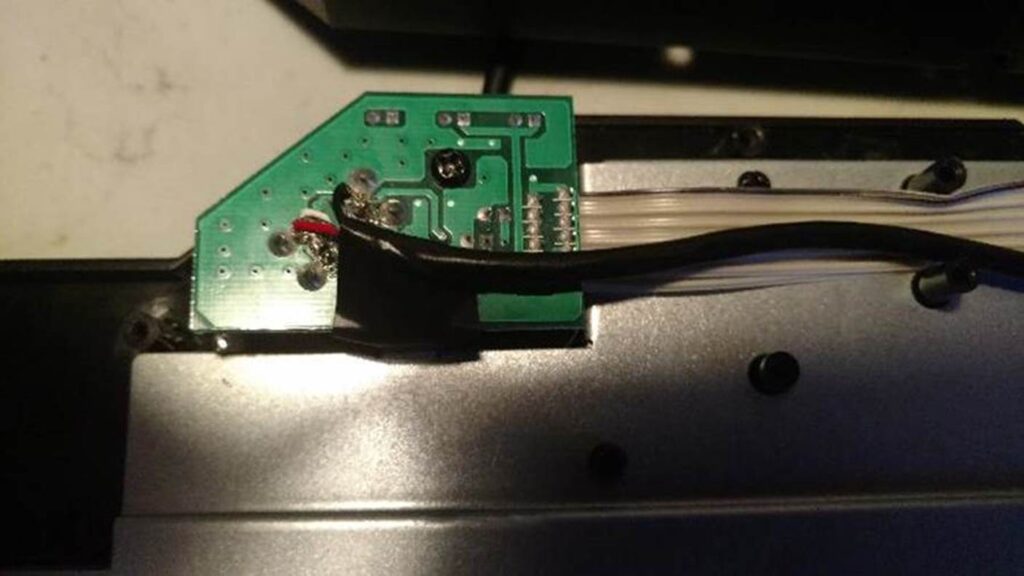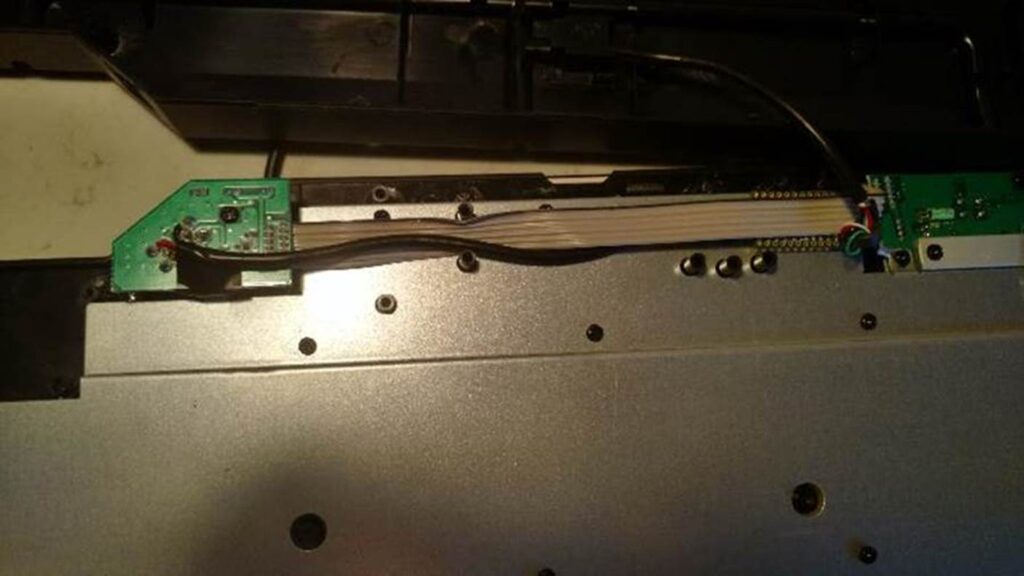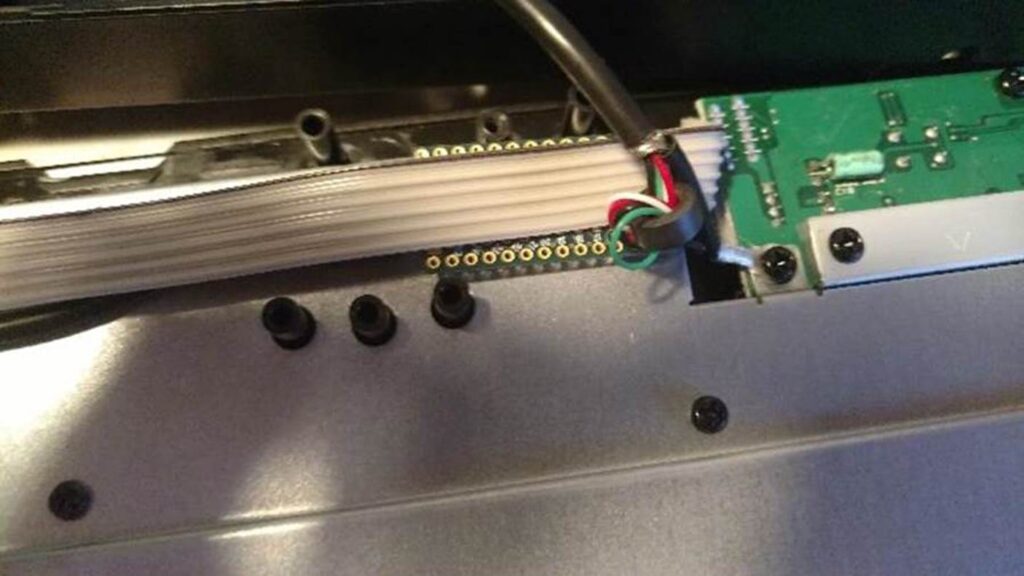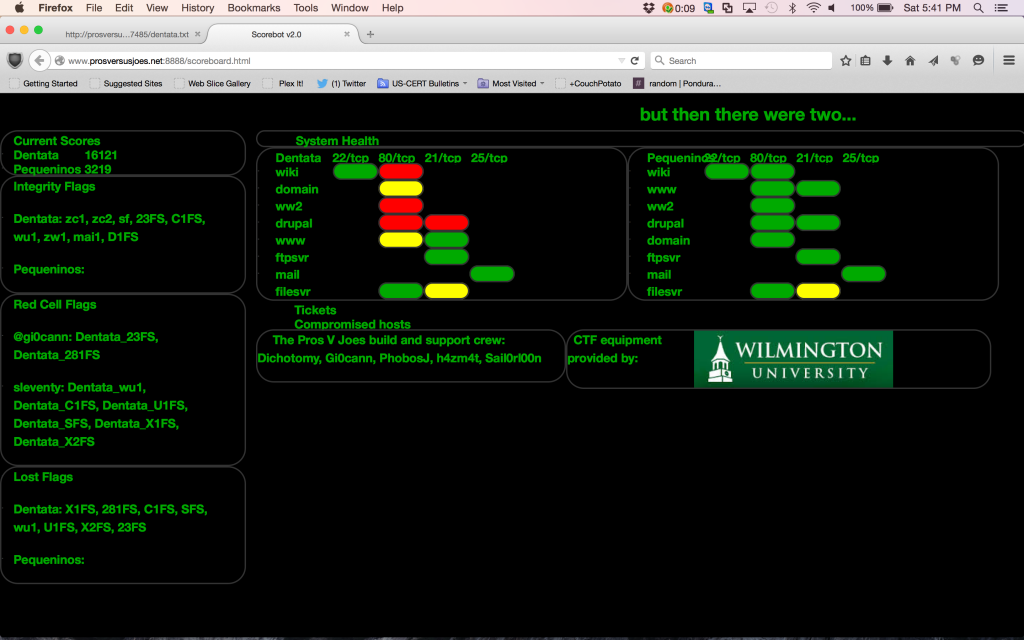TLDR; These days when you run into a production Linux or cloud environments, they use public key authentication. Making lateral movement as easy as leveraging pillaged SSH keys.
Level Settings
SSH (Secure Shell) is the primary means of managing Cloud Instances, Linux, Unix, OSX, Networking Devices, Vendor Devices, and even some embedded devices. It’s also worth noting that Microsoft has received glowing reviews and support for its roll out of SSH into current builds, but it is not enabled by default. Generally speaking SSH uses the servers local user base and corresponding passwords to authenticate remote connections. However, SSH can also be configured to use Public Key authentication.
How SSH Public Key Authentication Works
Since SSH is designed to use a RSA or DSA Public (Encryption) key and Private (Decryption) key combinations to encrypt traffic. A user can add a Public key to their authorized keys file, to allow the use of the corresponding Private key for authentication. This allows the user to attempt to establish a secure connection by sending their username and the fingerprint of the Public key to the SSH Server. If a Public key with the given fingerprint is within the requested users authorized keys file, then the SSH server responds with an encrypted challenge. This challenge is encrypted with the users Public key and can only be decrypted with the corresponding Private key. If the challenge is successfully answered with an encrypted respond using the SSH Servers Public key, the client and server are successfully authenticated.
What is the Inherit Problem
These days when you run into a production Linux or Cloud environment, more than likely SSH services are going to use Public Key authentication. The traditional rapid guessing won’t work if only public key authentication is enabled. If a Public key fingerprint is not submitted, then the SSH server will simply terminate the session. So in order to pivot into a high value environment all that’s needed is to locate and begin leveraging pillaged SSH private keys with the proper usernames to gain further access.
How to Pillage SSH Keys
The good news is Private keys are fairly easy to locate on users workstations and development servers. They almost always reside within the default SSH directories.
- Linux = /home/<user>/.ssh/
- OSX = /Users/<user>/.ssh/
- Windows = C:\Users\<user>\.ssh\
As such they can be seamlessly picked up by an SSH client. It’s also worth digging through the home directories of Admin, Developer, and Operation users for .ppk, .key, rsa_id, dsa_id, .p12, .pem, and .pfx files, as they may be private keys.
Using Publicly Disclosed Keys
The even better news is many of the Major product vendors (F5, Cisco, Barracuda, and VMware to name a few) have been getting outted for distributing systems with static Private keys. This means if an admin doesn’t log in, remove the old keys, and manually regenerate new ones, then a shell can be established using publicly disclosed private keys.
Some good repositories to look for bad keys.
https://github.com/rapid7/ssh-badkeys
https://github.com/BenBE/kompromat
The good news is Metasploit has several modules that will make scanning discovered SSH services fairly easy. So all we need to do is feed it the proper data, run, and watch the shells rain in. Metasploit makes preforming private key authentication easy and seamless. All you need to do is give it a list of services, a username, and a private key. If authentication is successful it will even seamlessly establish a shell session for you.
Leveraging Pillaged SSH Keys
First we need a private key file, either one we’ve located from pillaging or a publicly known bad key. For example the publicly disclosed Vagrant (Vagrant preforms cross platform Virtual Machine management) Private key.
The corresponding Public key looks like the following:
ssh-rsa AAAAB3NzaC1yc2EAAAABIwAAAQEA6NF8iallvQVp22WDkTkyrtvp9eWW6A8YVr+kz4TjGYe7gHzIw+niNltGEFHzD8+v1I2YJ6oXevct1YeS0o9HZyN1Q9qgCgzUFtdOKLv6IedplqoPkcmF0aYet2PkEDo3MlTBckFXPITAMzF8dJSIFo9D8HfdOV0IAdx4O7PtixWKn5y2hMNG0zQPyUecp4pzC6kivAIhyfHilFR61RGL+GPXQ2MWZWFYbAGjyiYJnAmCP3NOTd0jMZEnDkbUvxhMmBYSdETk1rRgm+R4LOzFUGaHqHDLKLX+FIPKcF96hrucXzcWyLbIbEgE98OHlnVYCzRdK8jlqm8tehUc9c9WhQ== vagrant insecure public keyThe second thing needed is the username of the user who has the public key in their authorized key file. As stated in the note, this can normally be found in the public key note. In the case of the vagrant key, the username is also widely known to be vagrant.
With a Private key and Username combination, the auxiliary/scanner/ssh/ssh_login_pubkey module can be used to scan for systems that the private key works on. A session will be established when authentication is successful. When a session is established Metasploit will also collect basic system information for you, including hostname, kernel version, and group memberships.
Finding the Username for Pillaged SSH Keys
Public keys listed within a user authorized_keys file can have comments after the actual key data. Most SSH key generates take advantage of this comment field, to add the username and hostname when a key is generated.
It’s also worth noting that most SSH clients keep a known hosts file, for integrity purposes, which can be viewed to see which systems the key was used to access recently.
If you find just a Private key file during pillaging, the public key data can be derived form it in most cases. However the username likely won’t be associated with it. When no username is found, a common username file can be passed alongside the key in Metasploit.
Speeding Scans up with sshscan
The Metasploit SSH modules are not threaded safe and running more than one connection at a time could cause a thread to hang or exhaustion of system resources. SSH generally is not considered thread safe, because responses after the authentication process are not formally structured. However there is a SSH scanner written using the native go SSH client, which works very well. Just take care to ensure the command you run, provides a simple, small, and structured output (like id). https://github.com/CroweCybersecurity/go-sshscan
SSH Defense Strategies
- When generating a Public and Private key pair, a passphrase can be provided to protect the keys. When a passphrase is setup, the SSH client must prompt for the passphrase every time the private key is used. Thus if a key with a passphrase is discover by am attacker its normally not usable.
- Implementing an enterprise key management solution to ensure all systems have their own private keys. This would simply crush the reuse factor and stop lateral movement.
- Configuring the SSH Server to require both the public key and the users password for authentication. This will slow scanners to a crawl, as the password prompt would cause the session to hang, once the key authentication has completed.
- Have a single Private key for all hosts that provides access to a lowest privilege user. Once a connection is established legitimate users can switch to their respective user accounts. If a key was discovered during an assessment we would have to dig through all the systems hoping for a major system misconfiguration. Hopefully, a needle in a haystack.
- Avoid key management all together, by utilizing Certificate Authority (CA) backed system to automatically generate sign key pairs for authorized users. The biggest tech companies already do this and some have even blogged about it in the past.
